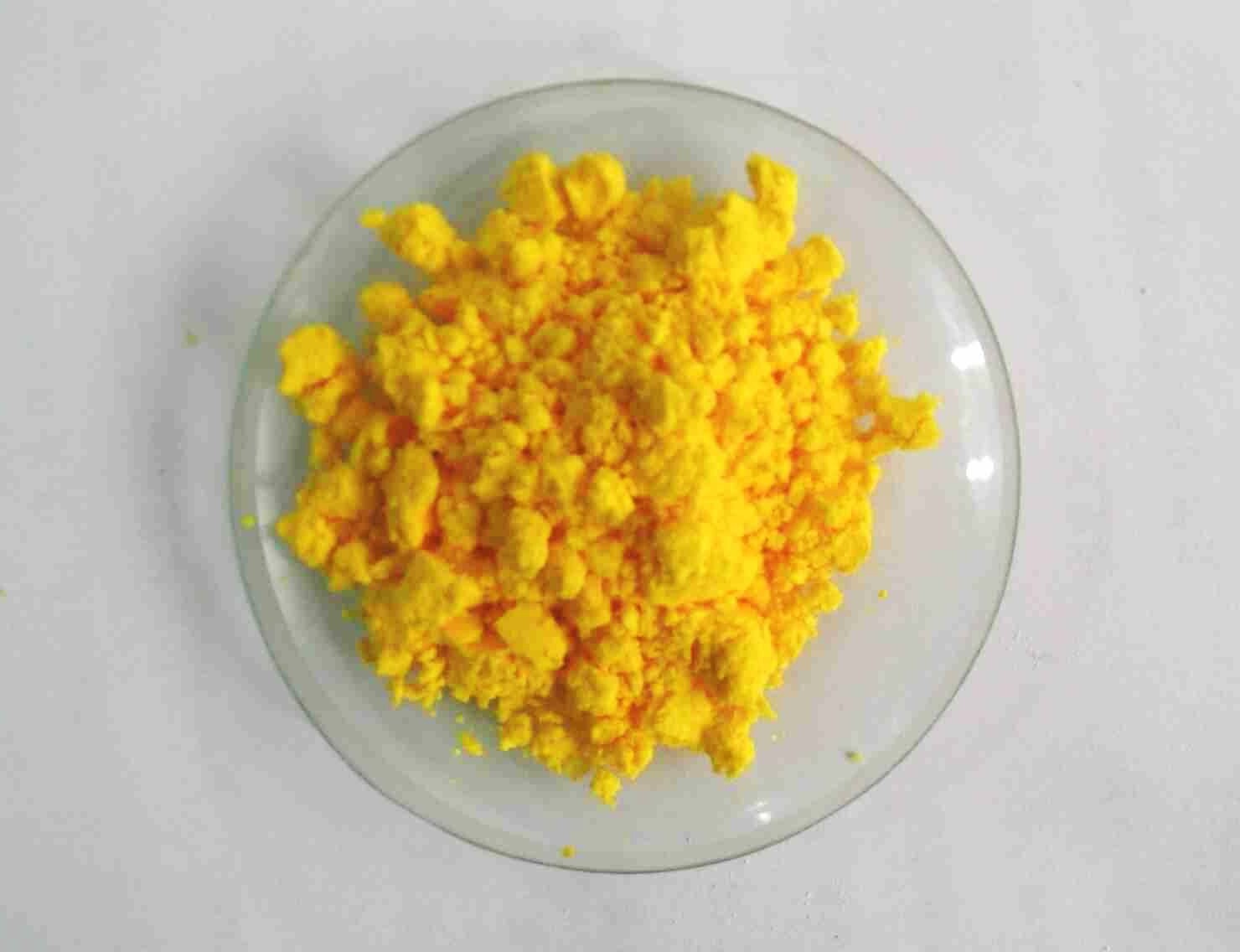
Gallium(III) sulfide might sound like a mouthful, but this compound holds some pretty cool secrets. Ever wondered what makes it special? Gallium(III) sulfide is a chemical compound with the formula Ga2S3, and it’s known for its unique properties and uses. Found in semiconductors, this compound plays a crucial role in electronics and optoelectronics. It’s not just a boring chemical; it has fascinating characteristics like photoconductivity and luminescence. Imagine a material that can change its electrical properties when exposed to light! That’s Gallium(III) sulfide for you. Ready to dive into 40 intriguing facts about this compound? Let’s get started!
Key Takeaways:
- Gallium(III) Sulfide, with its yellow-orange powder appearance, is a versatile compound used in optoelectronics, photodetectors, and sensors due to its unique properties like thermal stability and low electrical conductivity.
- This compound, Ga2S3, has potential applications in solar cells, LEDs, and nanotechnology. It's also being researched for its biocompatibility and environmental impact, making it an exciting area for future scientific exploration.
What is Gallium(III) Sulfide?
Gallium(III) sulfide, a compound of gallium and sulfur, is known for its unique properties and applications. Let's dive into some fascinating facts about this intriguing substance.
- Chemical Formula: Gallium(III) sulfide has the chemical formula Ga2S3.
- Appearance: It typically appears as a yellow or orange powder.
- Crystal Structure: This compound crystallizes in a monoclinic structure.
- Molecular Weight: The molecular weight of Ga2S3 is approximately 235.63 g/mol.
- Melting Point: Gallium(III) sulfide has a melting point of around 1,090°C (1,994°F).
- Solubility: It is insoluble in water but can dissolve in acids.
- Density: The density of Ga2S3 is about 3.46 g/cm³.
- Band Gap: Gallium(III) sulfide has a band gap of approximately 2.6 eV, making it a semiconductor.
- Synthesis: It can be synthesized by reacting gallium with sulfur at high temperatures.
- Applications: Ga2S3 is used in optoelectronics, photodetectors, and sensors.
Properties of Gallium(III) Sulfide
Understanding the properties of gallium(III) sulfide helps in appreciating its applications and behavior in various conditions.
- Thermal Stability: Ga2S3 is thermally stable up to its melting point.
- Electrical Conductivity: It exhibits low electrical conductivity at room temperature.
- Optical Properties: This compound has good optical transparency in the visible range.
- Reactivity: Gallium(III) sulfide reacts with strong acids to form hydrogen sulfide gas.
- Magnetic Properties: Ga2S3 is diamagnetic, meaning it is repelled by magnetic fields.
- Lattice Parameters: The lattice parameters of monoclinic Ga2S3 are a = 10.45 Å, b = 6.05 Å, and c = 12.23 Å.
- Thermal Expansion: It has a low coefficient of thermal expansion.
- Hardness: Ga2S3 is relatively soft compared to other semiconductors.
- Photoluminescence: It exhibits photoluminescence, emitting light when excited by photons.
- Chemical Stability: Gallium(III) sulfide is stable under normal atmospheric conditions.
Uses of Gallium(III) Sulfide
Gallium(III) sulfide finds applications in various fields due to its unique properties.
- Optoelectronics: Used in devices that convert light into electrical signals.
- Photodetectors: Ga2S3 is employed in photodetectors for detecting light.
- Sensors: Utilized in gas sensors for detecting hydrogen sulfide.
- Thin Films: Used in the production of thin films for electronic devices.
- Catalysis: Acts as a catalyst in certain chemical reactions.
- Solar Cells: Investigated for use in solar cell technology.
- LEDs: Potential material for light-emitting diodes (LEDs).
- Transistors: Used in the development of high-speed transistors.
- Nanotechnology: Ga2S3 nanoparticles are studied for various nanotech applications.
- Research: Widely used in research for developing new materials and technologies.
Interesting Facts about Gallium(III) Sulfide
Here are some lesser-known yet intriguing facts about gallium(III) sulfide.
- Discovery: Gallium(III) sulfide was first synthesized in the early 20th century.
- Natural Occurrence: It is not found naturally and must be synthesized in laboratories.
- Color Change: Ga2S3 can change color when exposed to different temperatures.
- Photovoltaic Potential: Research is ongoing to explore its potential in photovoltaic cells.
- Environmental Impact: It is considered to have a low environmental impact compared to other semiconductors.
- Biocompatibility: Studies are being conducted to assess its biocompatibility for medical applications.
- Quantum Dots: Ga2S3 is used in the creation of quantum dots for advanced imaging technologies.
- Thermoelectric Materials: Potential use in thermoelectric materials for energy conversion.
- Piezoelectric Properties: Exhibits piezoelectric properties, generating an electric charge under mechanical stress.
- Future Research: Ongoing research aims to unlock new applications and improve its properties for industrial use.
The Fascinating World of Gallium(III) Sulfide
Gallium(III) sulfide, a compound with unique properties, has captured the interest of scientists and tech enthusiasts alike. Its semiconducting abilities make it a key player in electronics and optoelectronics. This compound's photocatalytic properties offer promising applications in environmental cleanup and renewable energy.
Understanding gallium(III) sulfide's crystal structure and chemical behavior opens doors to innovative uses in nanotechnology and material science. Its flexibility in forming thin films and nanostructures makes it a versatile material for future technologies.
Whether you're a science buff or just curious about chemical compounds, gallium(III) sulfide stands out as a fascinating subject. Its potential to revolutionize various fields underscores the importance of continued research and exploration. Keep an eye on this compound; it's bound to play a significant role in shaping our technological future.
Frequently Asked Questions
Was this page helpful?
Our commitment to delivering trustworthy and engaging content is at the heart of what we do. Each fact on our site is contributed by real users like you, bringing a wealth of diverse insights and information. To ensure the highest standards of accuracy and reliability, our dedicated editors meticulously review each submission. This process guarantees that the facts we share are not only fascinating but also credible. Trust in our commitment to quality and authenticity as you explore and learn with us.
